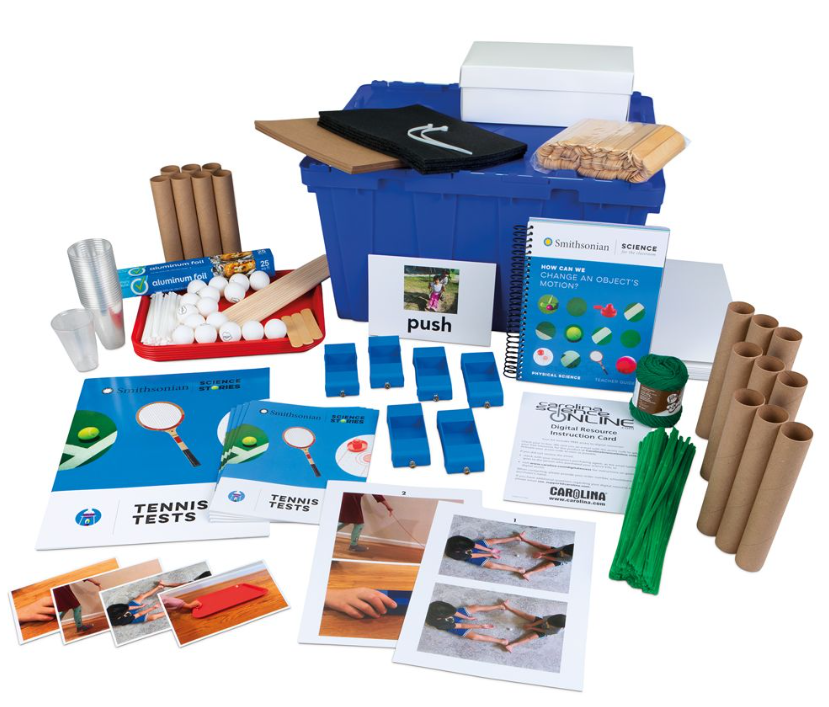Support for All Students
Support for All Students
Support for all students was carefully considered in the design of each Smithsonian Science for the Classroom module. We used a universal design approach in our series development. Examples of this include offering a variety of ways for students to demonstrate their knowledge and skills; using large, sans serif fonts in student-facing materials such as notebook sheets; and providing picture-based or simple text directions for student reference during activities. Phenomena and problems were selected so that students from different backgrounds can connect with the content. For example, kindergarten phenomena include hot pavement and wet trees. Context is provided when phenomena may be unfamiliar to students. For example, in grade 1 life science, students are introduced to penguins through video.
In addition to a universal design approach, numerous supports are provided within Smithsonian Science for the Classroom modules benefiting all students.
- Digital resources are formatted to support use of screen readers.
- All videos are formatted with Audio Description, also called descriptive video or video description. This is an additional audio track that describes and gives context for essential visual information. Closed captioning is provided for all videos with spoken word.
- Text alternatives are provided for digital simulations.
- Smithsonian Science Stories Literacy Series books are available with text-to-speech through Carolina Science Online.
- Full page blackline masters are available through Carolina Science Online
- All student-facing materials are available in English and Spanish:
- Smithsonian Science Stories Literacy Series books
- Student Activity Guides (grades 3 through 5)
- blackline masters, card sets, and digital resources
While we recognize that students who are English learners are a highly diverse group themselves, research has pinpointed some best practices that are broadly useful in supporting these students. Throughout each module, relevant research-based EL strategies are embedded at pertinent point-of-use moments.

Smithsonian Science for the Classroom is designed to engage, inspire, and connect your students firsthand to the world around them. The curriculum has been developed in consultation with teachers and field tested in a range of schools with diverse populations. It draws on the latest findings and best practices from educational research.
 One of the central challenges of teaching is moving all young minds forward. Students come to classrooms with different academic, cultural, social, physical, and linguistic backgrounds.
One of the central challenges of teaching is moving all young minds forward. Students come to classrooms with different academic, cultural, social, physical, and linguistic backgrounds.